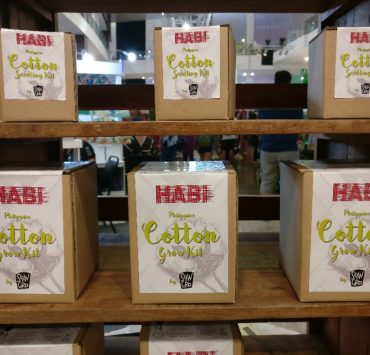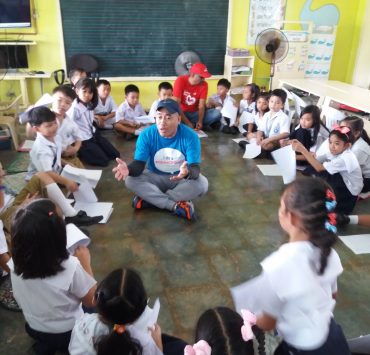One of the best things about market and trade fairs that highlight local artistry and craftsmanship is that they help in closing the gap between artisans and designers. These artisans and craftsmen are able to interact directly with their market, too, thanks to activities like Likhang Habi Fair.
Another great aspect of this is successfully (re)introducing local products to a market that is likely to spend more on anything that is foreign. And although more and more people are beginning to support local brands, it’s fairs like Habi that should also serve as a venue for education and information dissemination on how to support local culture responsibly.
As consumers, our responsibility is to be more sensitive to the culture of others. We must learn about the culture that we are partaking of. Ask about the weavers that made your bag. Take interest in what the patterns on your dress mean. It’s not just about following trends. At the end of the day, you will have gained more that just a pair of handwoven shoes.
With that said, we give you a guide on how to incorporate local weaves into your wardrobe. The best part? You can shop for all of these items at Habi Fair.
Tops, dresses, and bottoms
Probably the easiest way to incorporate local weaves into your daily wardrobe is to buy clothes that feature these textiles. If you aren’t so big on bright, bold patterns and prints, there are a lot of designs that use these textiles as accents to otherwise minimalist or basic forms.
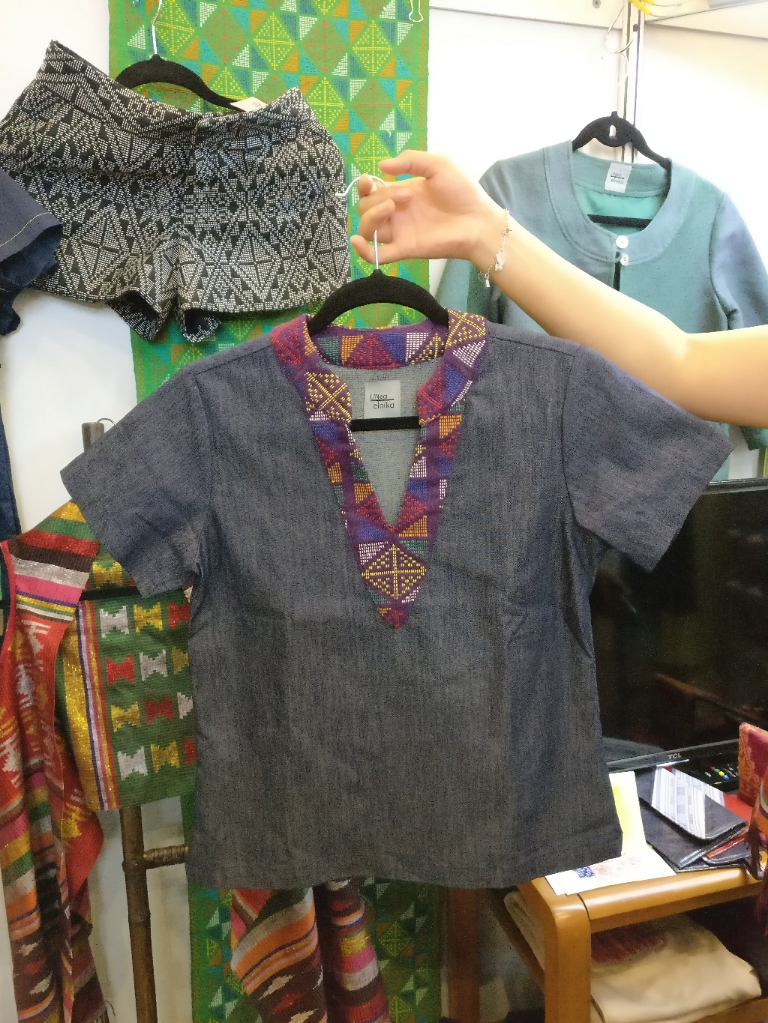
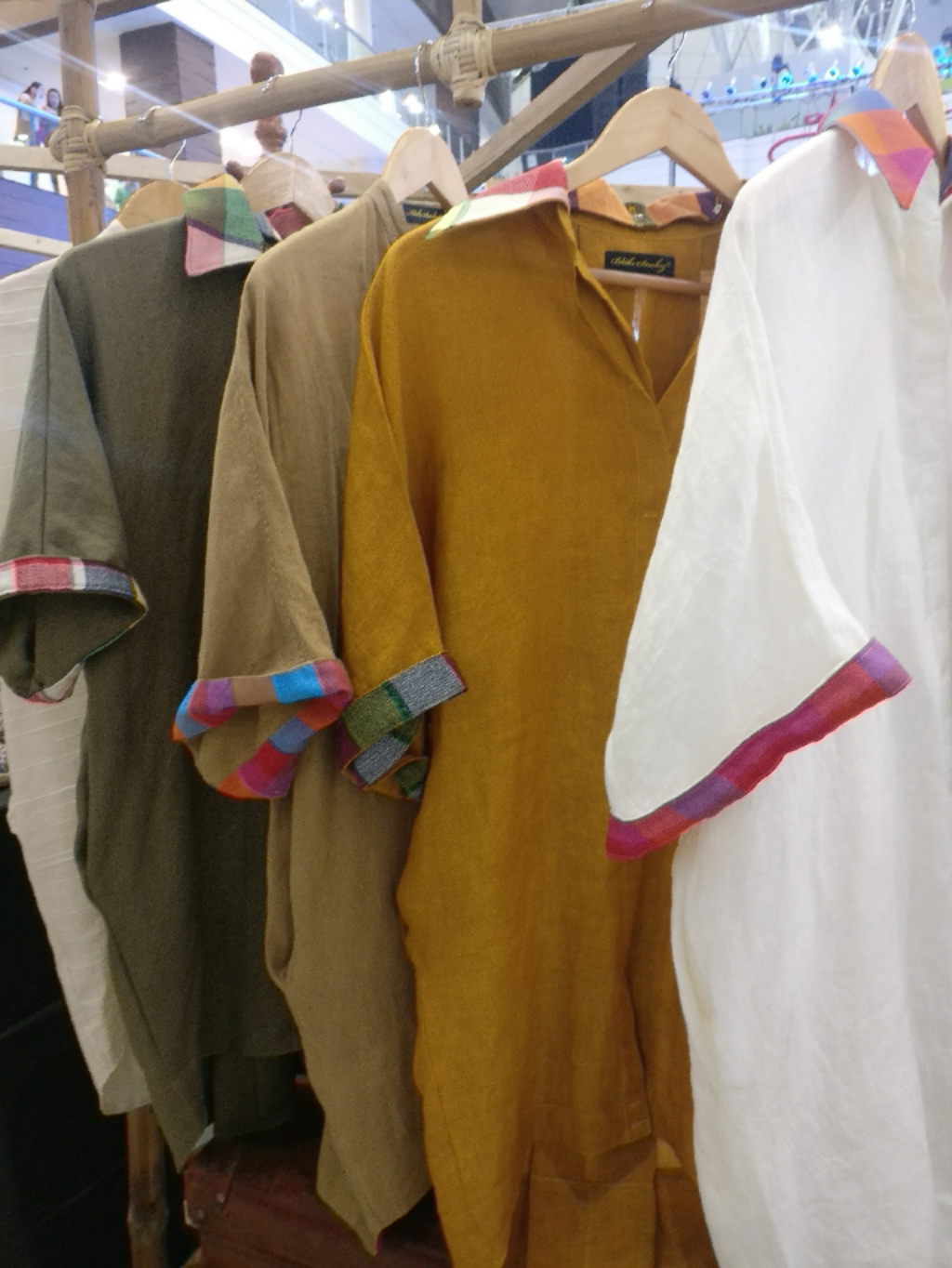
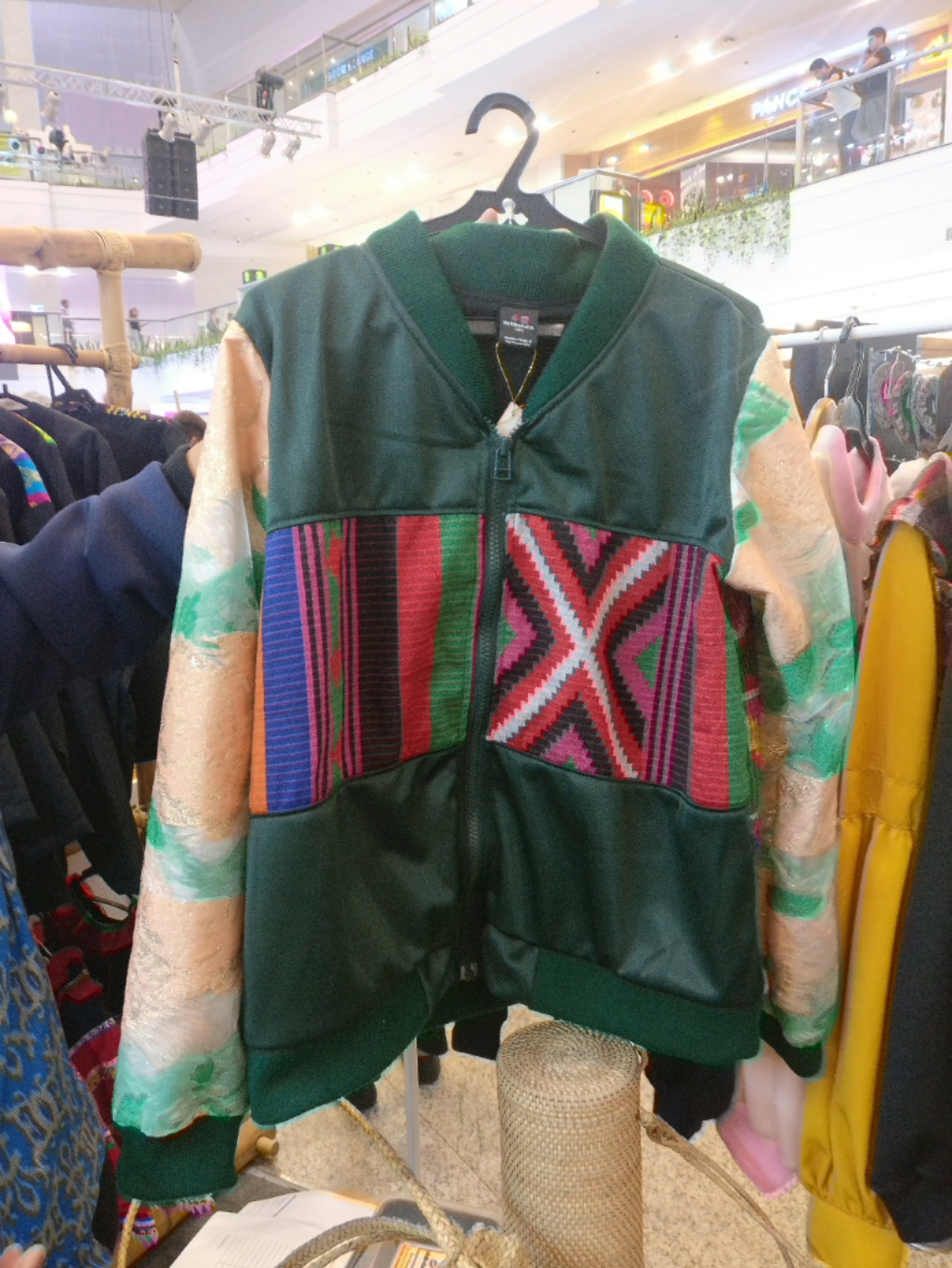
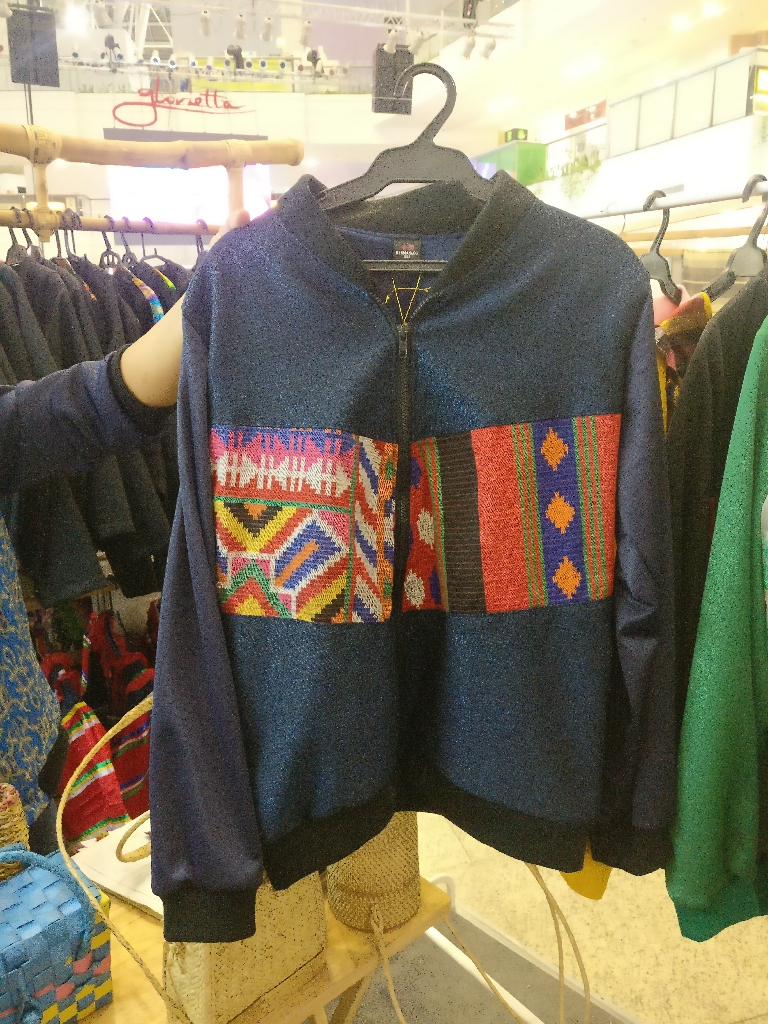
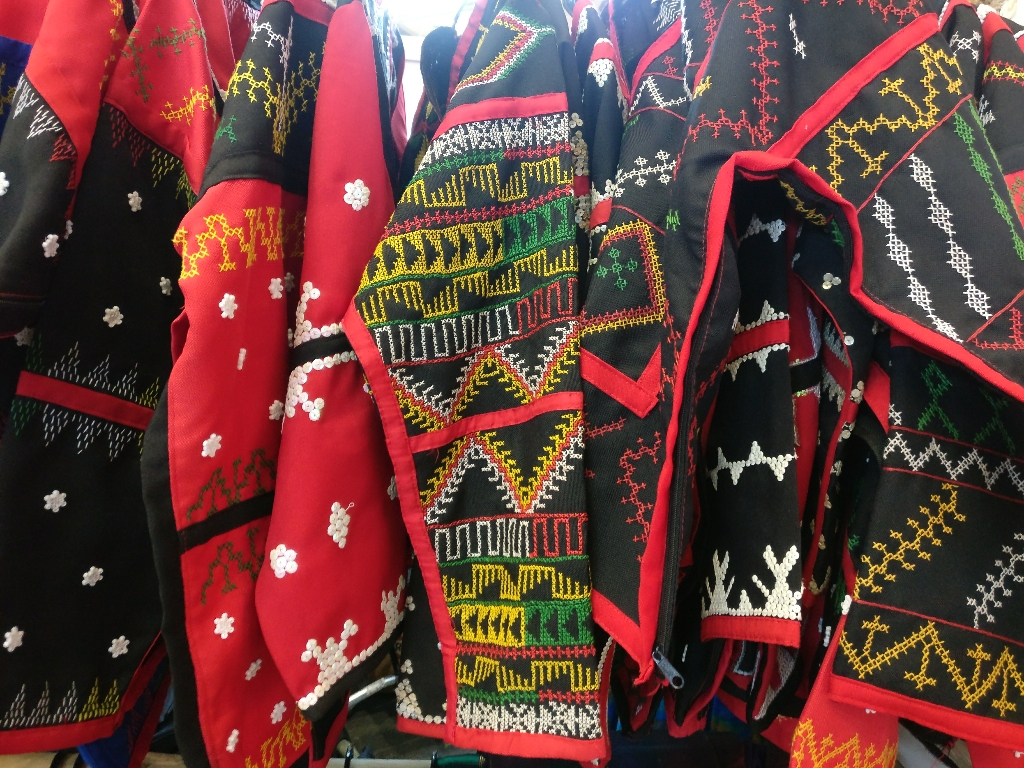
Footwear
If you love shoes, then this is the way to go. Most local fabric used for footwear are durable and soft, too, so you’re assured of comfort and style.
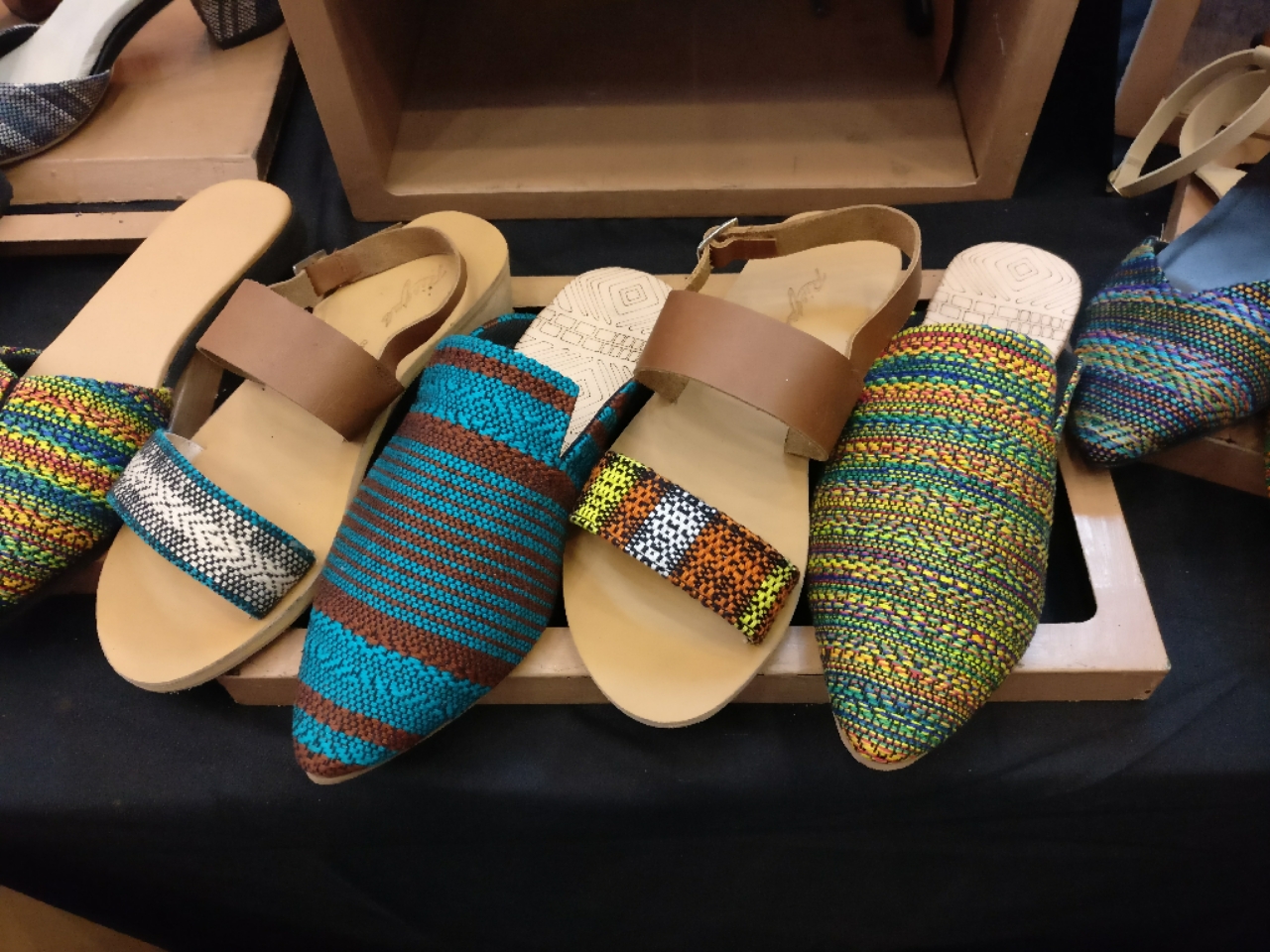
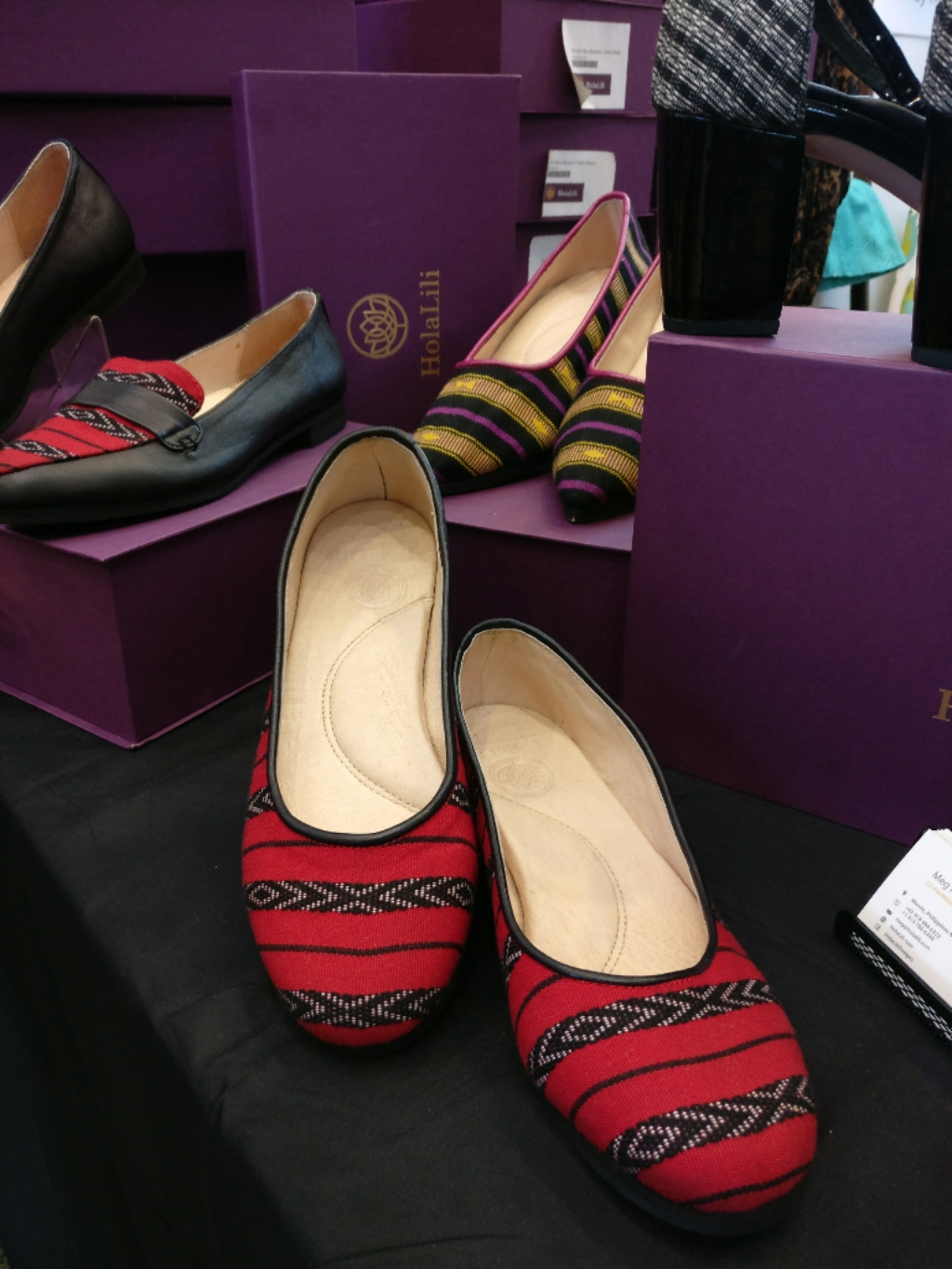
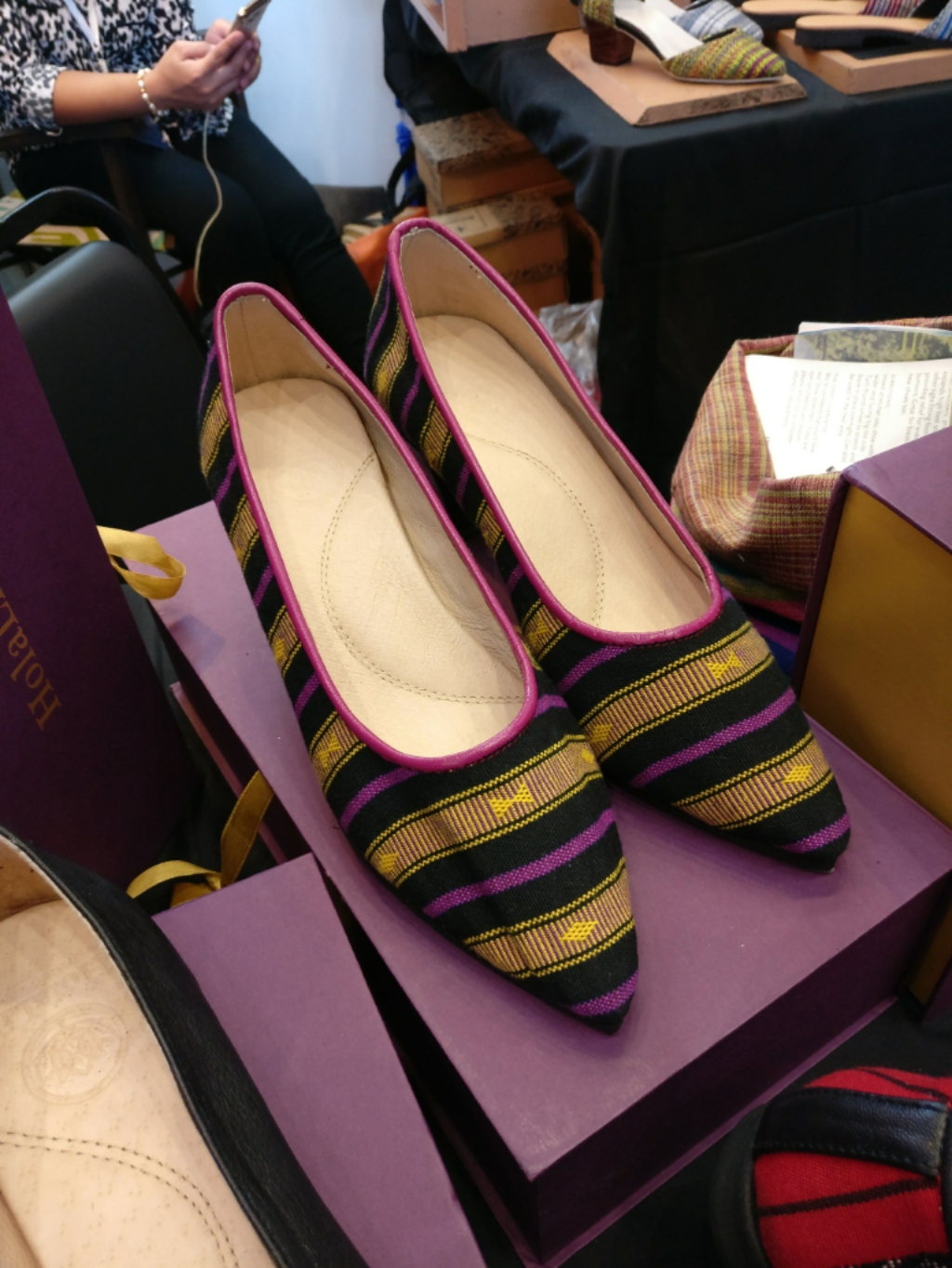
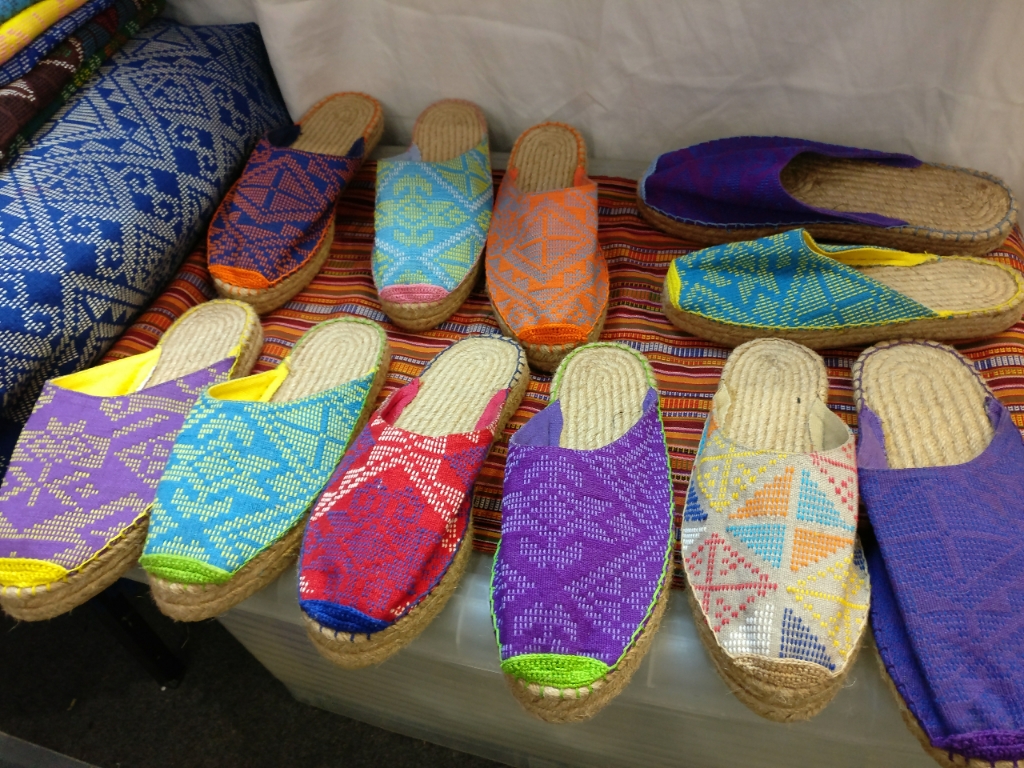
Bags and wallets
If you don’t want to wear it, why not buy something that has them, which you always bring. Like these wallets:
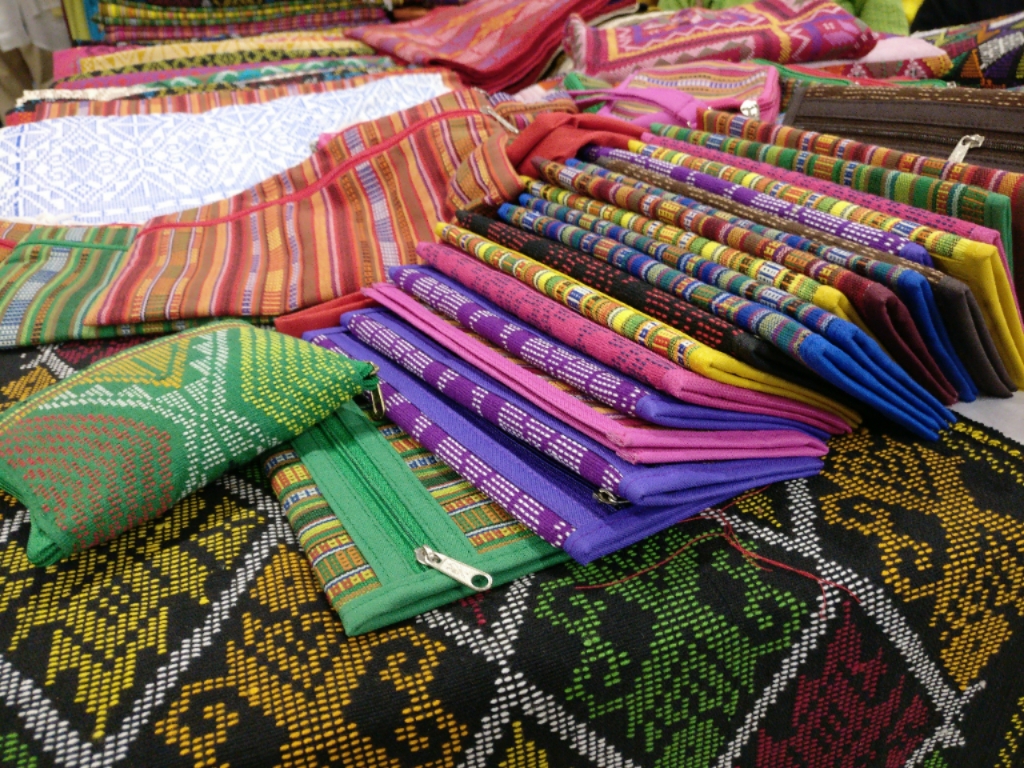
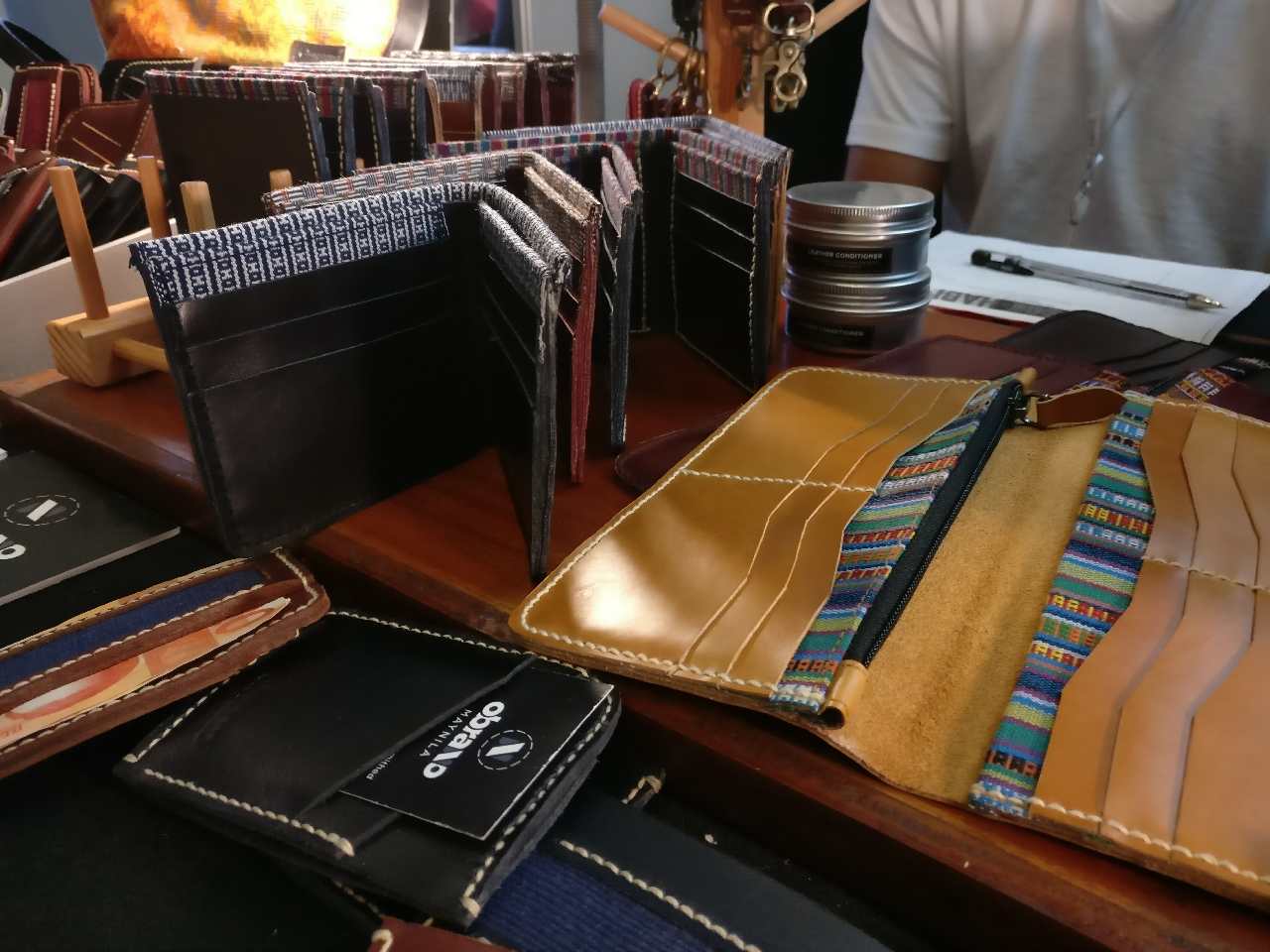
Or these bags:


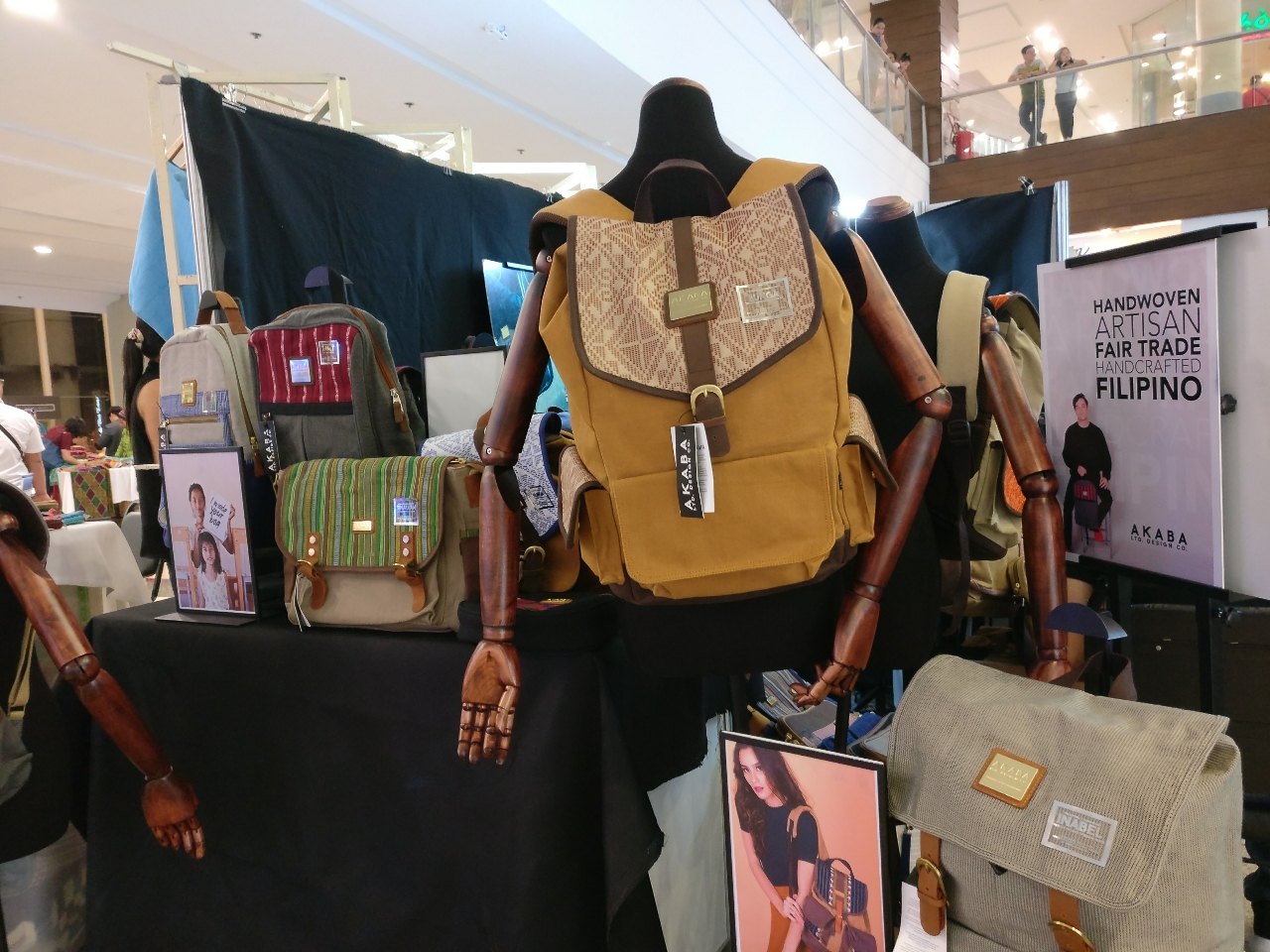
Accessories
Technically, some of these have nothing to do with indigenous textiles, but they nonetheless showcase local artistry and craftsmanship.
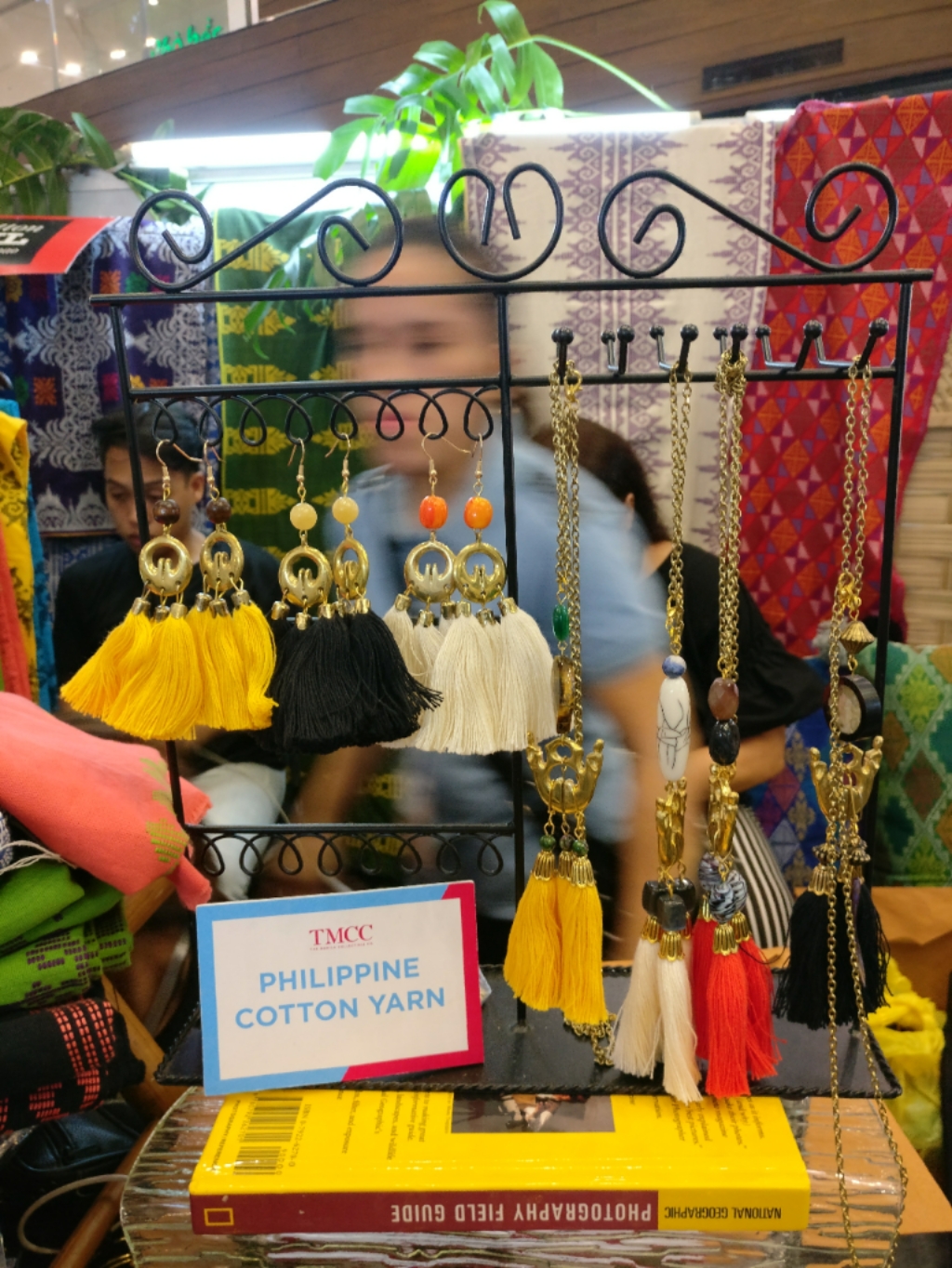
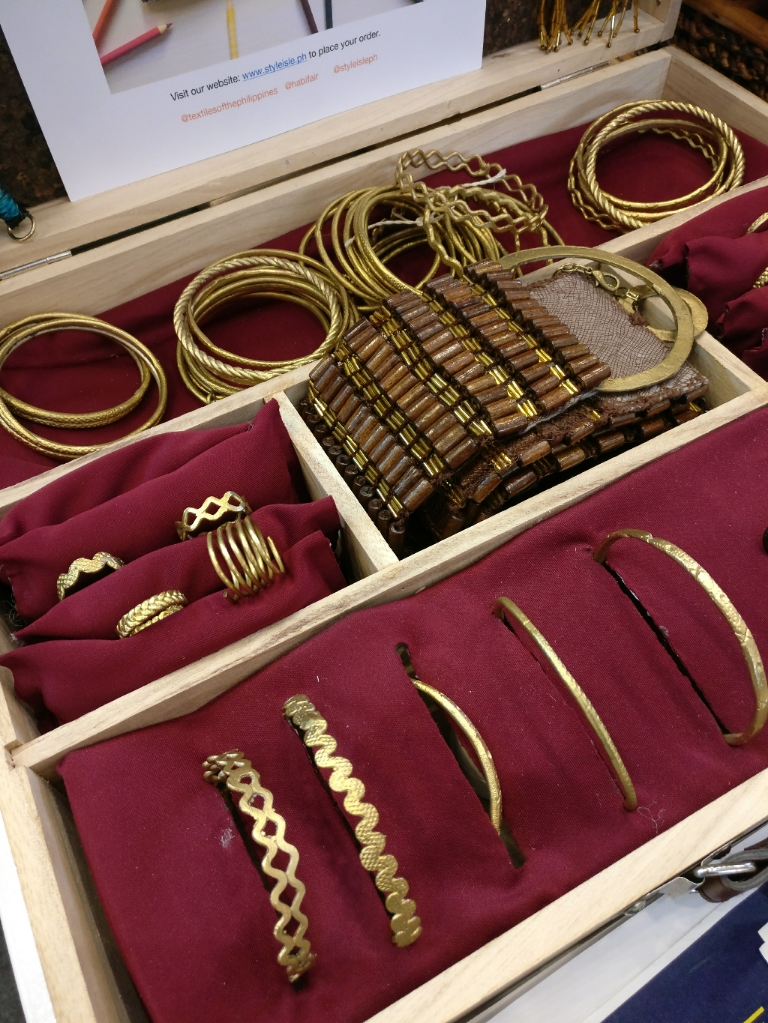
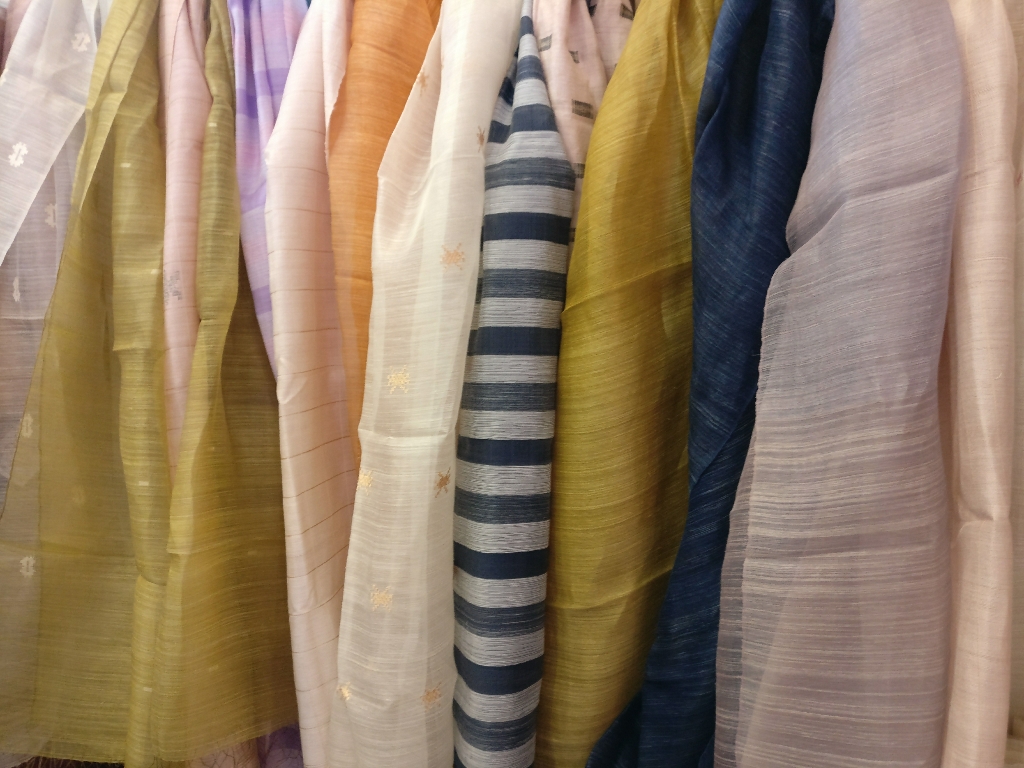
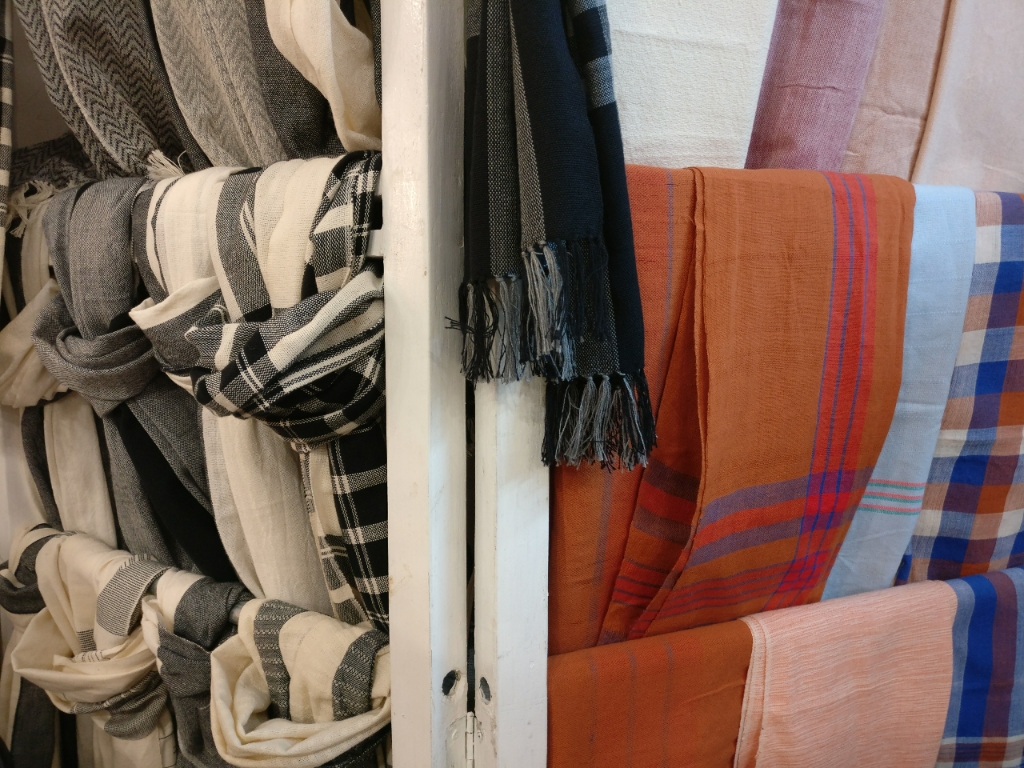

The 7th Likhang Habi Fair will run until Oct. 22 at the Glorietta Activity Center.
Read more:
So you think you know your local weaves?
2017 appropriation lesson: Don’t use sacred Ifugao textiles on your gown
Writer: ALYOSHA J. ROBILLOS


